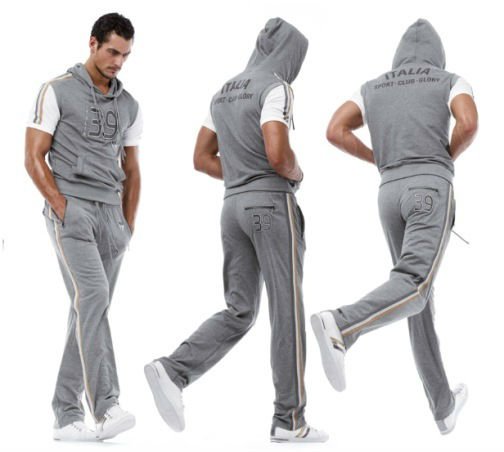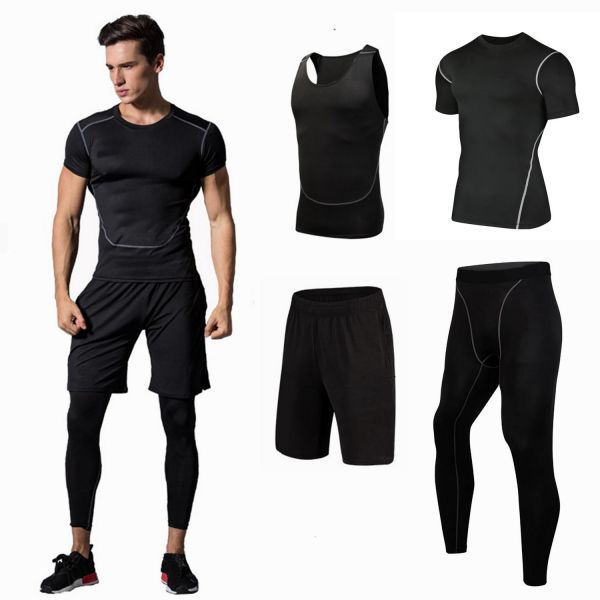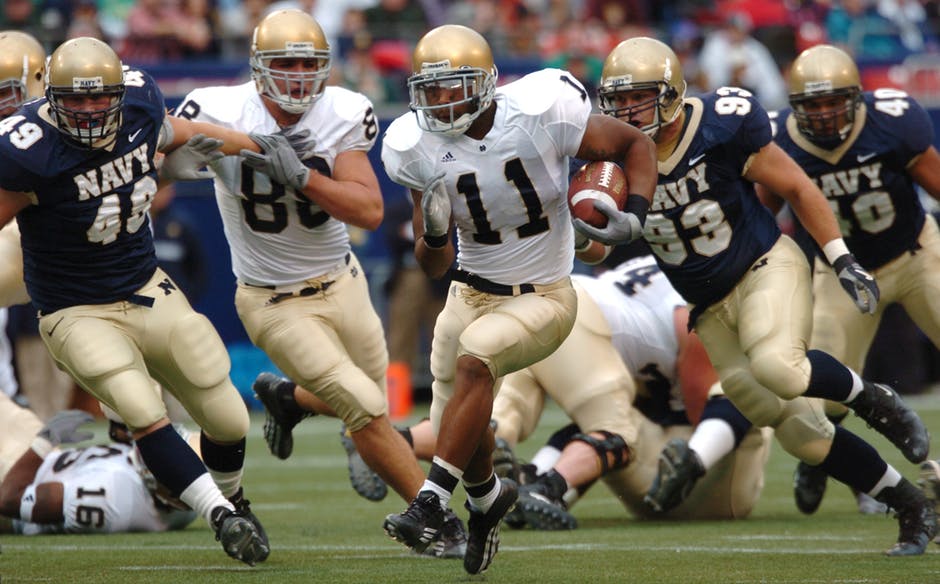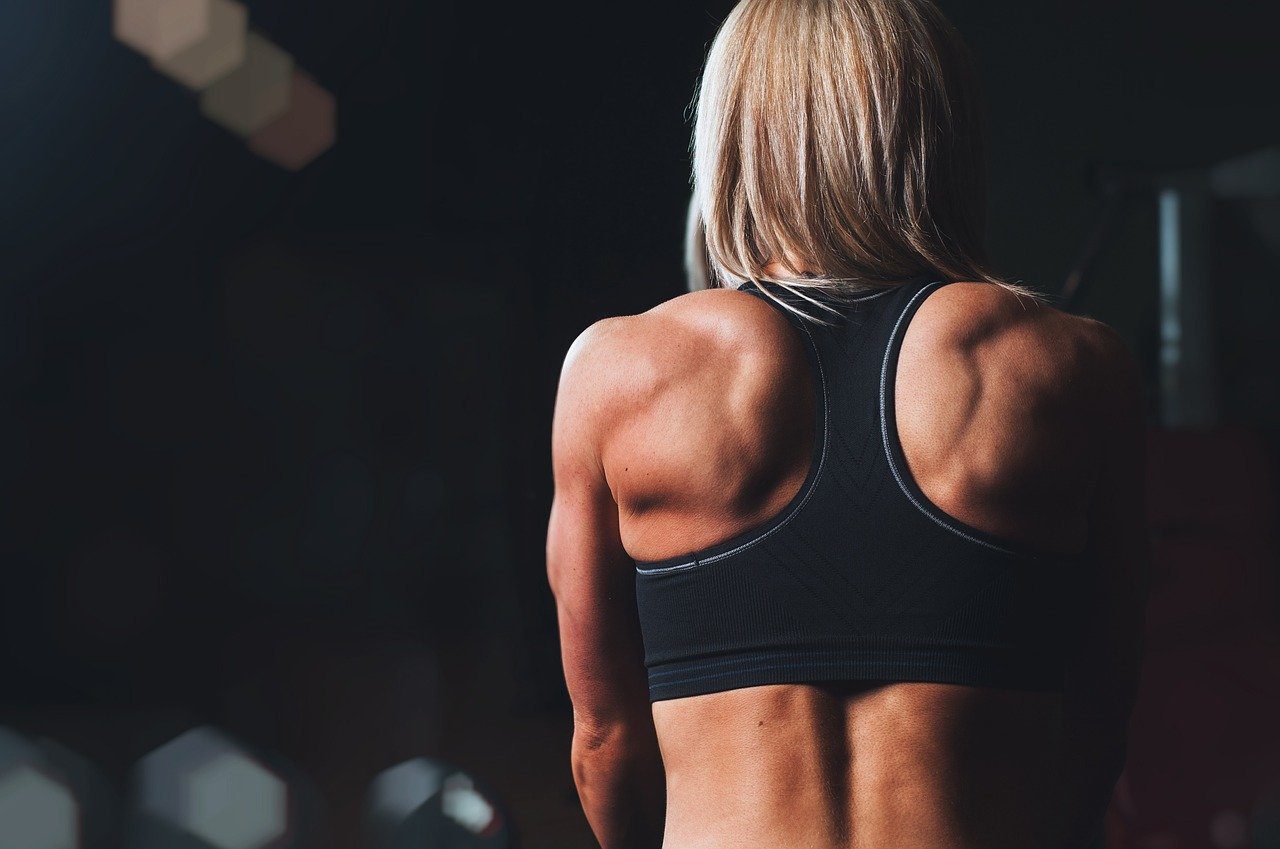Sportswear or Activewear includes clothing and footwear designed to enhance or enable physical activity as well as protect and provide comfort during mobility.
Functional Considerations

The main difference between regular clothing and activewear is that the former can be restrictive while sportswear is designed to promote free range of motion.
Sportswear is designed for motion, not leisure. The basic concept of activewear is to provide coverage in a non-intrusive manner, hence the use of light, elastic fabric and fitted style.
Sportswear also includes protective gear such as helmets, knee pads, jockstraps, etc. and many have the versatile function of serving as uniforms in competitive sports.
There are practical reasons to wear sportswear that despite popular opinion, have nothing to do with making a fashion statement at the gym. That being said, many modern designs take this desire into account and because the trend is quite popular, I’ll say that the last function of sportswear is to make the wearer feel comfortable- in an emotional, rather than physical way (just make sure you prioritize the latter).
Thermal Properties
Sportswear also takes into consideration a person’s thermal needs depending on the type of physical activity or sport. Hot climates coupled with cardio-intensive activity calls for a design that helps the wearer stay cool while a cold climate calls for warm apparel.
The examples given above are quite general, but thermal design is a bit more complicated. It is not as simple as “cold” or “hot”. Sweat also plays a role in keeping the body cool and while this function is a great natural aid during a sport like running, sweating in a cold climate can cause sickness.
In order to accommodate for the phenomenon of external cold and internal heat, sportswear with thermal properties also serves the function of absorbing moisture and transferring it away from the skin. Cold protective wear is usually a combination of moisture-wicking garments coupled with insulating clothing worn in layers.
Compression Properties
Compression used to be a term associated mostly with women’s shapewear and has been used in the medical field for years to treat circulation problems and ease the symptoms of vascular disease.
A couple of logical jumps led to the reasoning that if compression wear increases blood flow, and blood flow provides our muscles with oxygen, and physical performance necessitates oxygen, then of course compression wear maximizes athleticism.
While research has shown that the most significant benefit of activewear with compression properties is due to the placebo effect, sportswear companies still benefit from the fabric’s theoretical function.
Another explanation for the popularity of compression in sportswear is quality and fit. Compression clothing is engineered to maintain a specific structure, molding your body into a tight, sculpted elastic that holds its shape while simultaneously stretching to allow free movement. So while the athletic benefits of compression sportswear may not be entirely reliable, the quality of the garment itself is excellent.

Sports Bras
Sports bras are a compression garment. Another cool feature about compression sportswear is that they prevent jiggling (a secret reason most people wear them in the first place).
In terms of athletic performance, breasts can be an incumbrance- they get in the way and have the bonus feature of being painful when exertion is involved.
Women find that sports bras are the most necessary sportswear item on their list. The physical activity of day-to-day life can generally be supported with a regular bra, however physical activity beyond walking causes breasts to bounce, an act that can cause damage to breast tissue.
Breasts are delicate and despite your cup size, it is vital to wear a sports bra for both protective and comfort reasons. Sports bras accommodate different levels of physical activity and are designed for a range of low to high impact activity.
A sports bra differs from a regular bra in two basic ways: It compresses the breasts and provides comfort. Most sports bras are designed without wire and made with wide, soft shoulder straps.

Protection Properties
Perhaps the most important function of activewear is protection. Broken down to its simplest purpose, sportswear is designed to protect the wearer from injury, whether it be minimal (restriction) or serious (hypothermia, fracture, etc.).
In terms of competitive sports, where more serious injuries are a concern, sportswear is designed to protect sensitive and exposed body parts. Also protective gear such as a goalkeeper’s gloves or a boxer’s mouth guard is specialized for a specific physical role.


